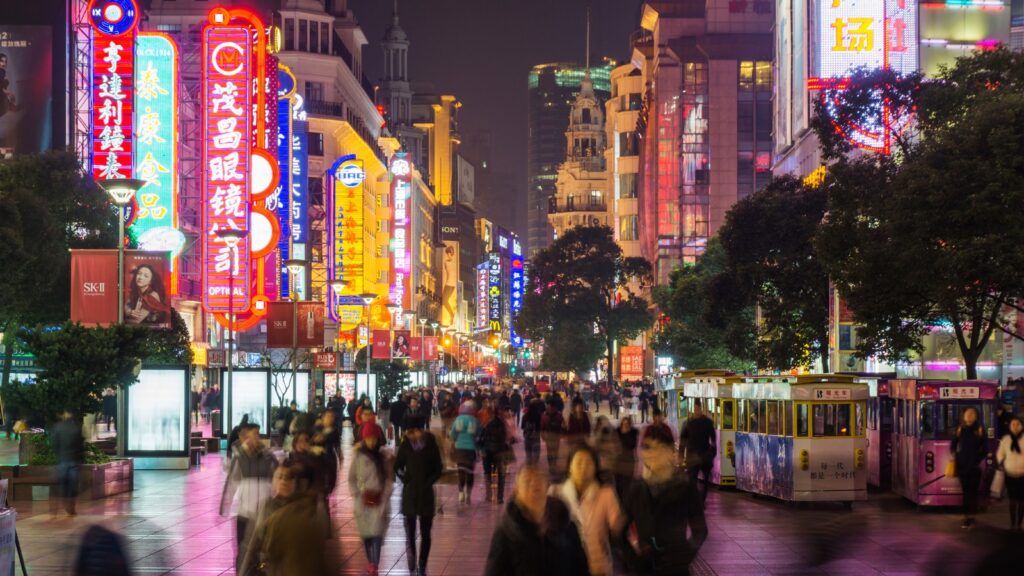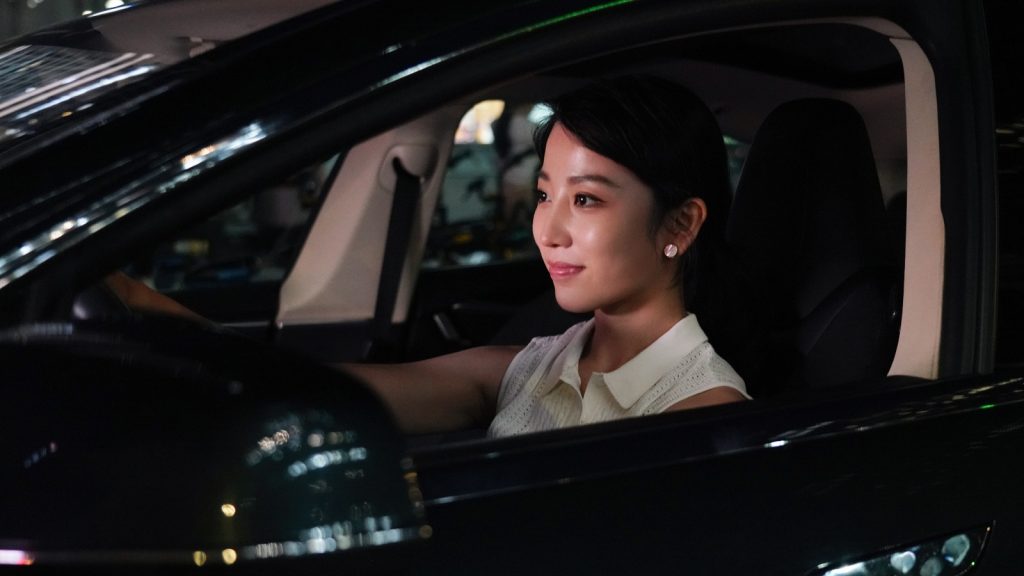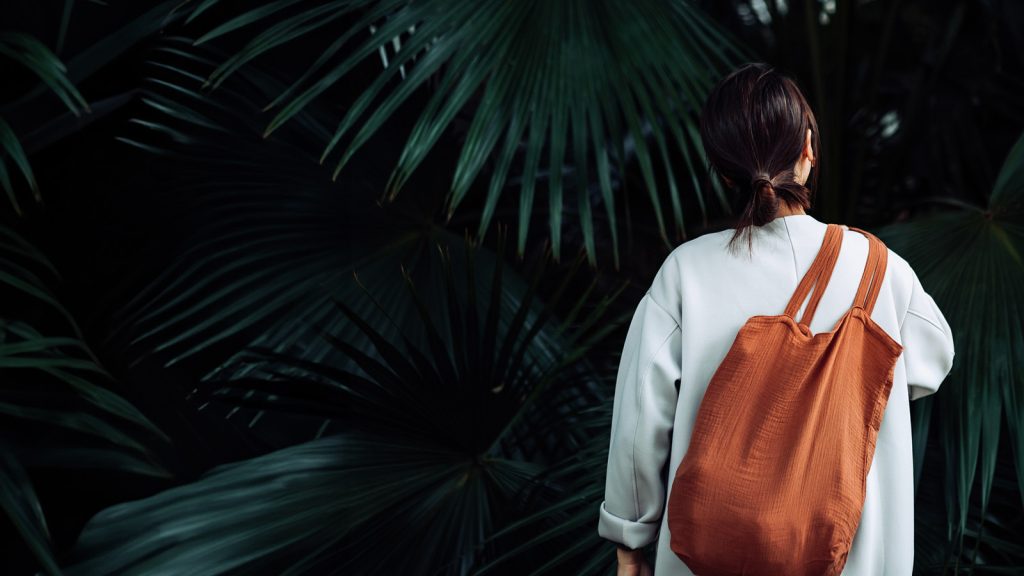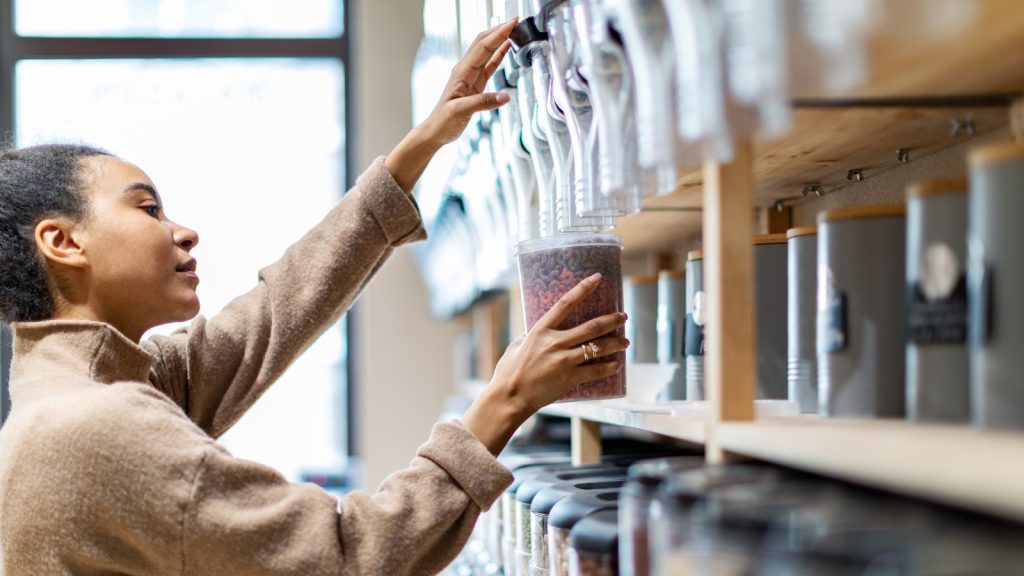
Luxury businesses and sustainability: new customers, new concerns
Perspectives
Luxury businesses and sustainability: new customers, new concerns
Tue 16 Feb 2021
Luxury brands need to invest in sustainability and implement more circular practices if they want to appeal to the customers driving their growth. Fashion houses that carry on doing what they have always done risk falling behind – according to our recent report on the future of the luxury business model. So, how do luxury brands adjust to the demands of new customers who put a premium on sustainability?
The luxury sector is increasingly selling to different people: namely, wealthy customers in China; HENRYs; and Generation Z. Each cohort has higher expectations than previous generations on brands’ sustainability stances, including climate change, labour practices, material usage and more.
Three cohorts driving change
HENRYs (High-Earners-Not-Rich-Yet) are affluent millennials and Generation X who earn between 100,000 and 250,000 USD per year. They place a high value on ethics and sustainability, seeking purpose in brands and making purchasing decisions based on brands’ social and environmental commitment and performance, as covered in our recent report, Conscious, collaborative, connected.
At 15- to 20- years-old, Generation Z, the second cohort, are often considered the sector’s future. Generation Z consumers are commonly viewed as the most sustainably-minded – having an even stronger focus on ethical brand behaviour and being ready to boycott brands they do not consider ethical and sustainable.
The third are luxury customers predominantly based in China, where millennials and Gen Zers have a more global perspective and are more focused on topics such as environmental protection, sustainability and social responsibility, as detailed in ‘Chinese luxury brand consumers’. The country is also the number one growth market, accounting for one third of global luxury consumption.
As these cohorts drive the industry’s growth, luxury houses need to adapt their business models accordingly and ensure they can meet high sustainability expectations if they want to grow in a competitive market.
Responding to changing customer expectations
Recent years have seen luxury businesses expertly adapt and work with other brands and initiatives to surpass expectations. A prominent example is The Fashion Pact, a global coalition of more than 60 companies in the fashion and textile industry including suppliers and retailers committing to shared environmental objectives. As part of this initiative launched by Kering, major luxury houses, including Burberry, Chanel and Hermès, collaborate and exchange technical expertise with smaller brands and firms outside of luxury to scale solutions that protect the environment.
Circularity in fashion
Referring to the lifecycle of a product, greater circularity means products – and the materials that go into them – will be made to last longer and selected for their ability to be recycled and reused.
Circularity is more in vogue than ever as fashion houses are changing their product orientations to include longer product lifecycles and late lifecycle services, including repairing, reusing, reselling, remaking (upcycling), and recycling services. While contributing to economic circularity, these late lifecycle services satisfy customers’ sustainability demands and unlock additional relationship-building opportunities for brands. Some examples include:
- Take-back and recycling programmes for customers seeking sustainable consumption, e.g., Eileen Fisher’s pioneering ‘Renew’ programme.
- The Restory – a repair service increasingly partnering with luxury business so customers’ goods can be kept in pristine condition for longer and, ultimately, be sold at better prices.
Platform partnerships in the name of sustainability
Among this wave of collaborations are partnerships with secondary market platforms – an almost unthinkable move for luxury brands until recently. But brands’ views have changed, with the global second-hand luxury goods market worth €31 billion annually. Vestiaire Collective ranks among the major luxury second-hand platforms with over 7 million members worldwide.
Brands like ba&sh are investing in their own tools to encourage customers to recycle items they bought in store or online. The company is launching a digital service in partnership with Arianee to enable customers to advertise their dress or handbag on multiple resale platforms. Through the service, the buyer will receive a blockchain certificate guaranteeing the product’s authenticity. Technology’s part in luxury’s makeover is covered in Conscious, collaborative, connected.
Another example is Gucci’s “Circular Economy Partnership” – the brand recently partnered with US luxury consignment platform The RealReal to build a branded e-store to carry items consigned by the platforms’ users and those brought in directly by Gucci.
Meanwhile rental platforms, like Rent the Runway, are giving customers access to luxury clothing and accessories via subscription services. Working with more than 550 designers, this platform offers brands additional benefits to data sharing such as co-production or revenue sharing partnership models.
Cohorts and sustainable luxury consumption
These platforms encourage a sustainable approach to luxury consumption, and new customer cohorts are eager to use them. HENRYs, for instance, are happy to rent access to luxury or to buy it from secondary markets, valuing the opportunity to contribute to circularity. Meanwhile, Generation Z is even more drawn to buy second-hand, as it could be the only way to access vintage fashion and otherwise unaffordable luxury goods.
Only recycling completes the circle
While these ‘R-services’ such as repairing, reusing, reselling are all part of economic circularity, only recycling converts a luxury product into a new product, completing the circle. Luxury recycling innovators include leading brands like Gucci, which has partnered with Mumbai-based NGO I was a Sari for upcycling materials to produce embroidery, and Prada, which is aiming to source all of its iconic nylon accessories from recycled materials by the end of 2021.
We can see a continued sustainability shift in the luxury business industry as customer cohorts demand more from the brands in their lives. Luxury businesses, in return, will have to increasingly collaborate to advance their sustainability agenda and offer consumers products and services that are more conscious than ever of their impact on the world.
To find out more about how luxury brands are adapting their business models to serve customers more effectively, download ‘Conscious, collaborative, connected’ below.



















